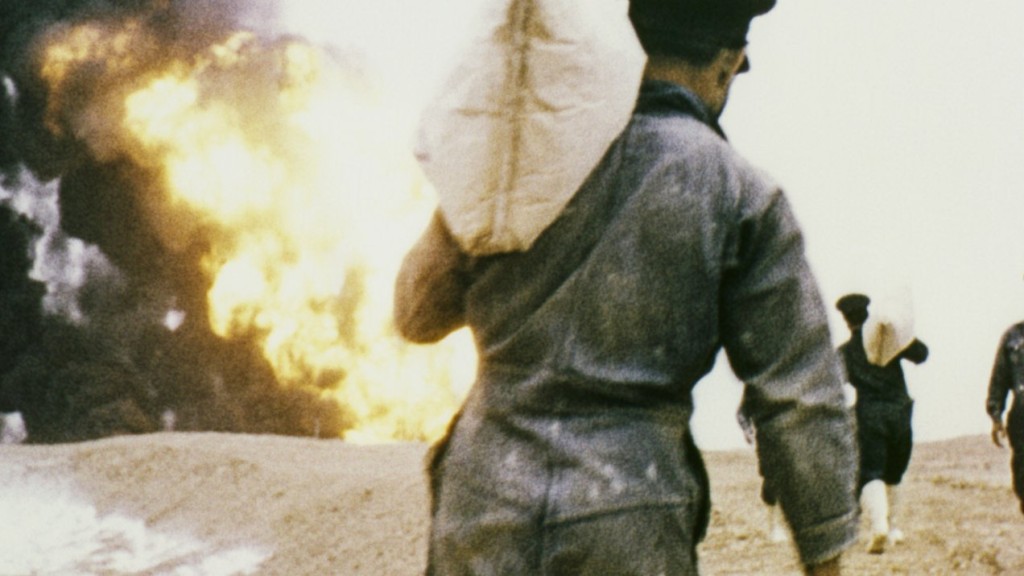- Program
- /
- An Unfinished Revolution
- /
- Jewels of the Earth: 3 Films by Ebrahim Golestan
Jewels of the Earth: 3 Films by Ebrahim Golestan
Followed by a talk with Nariman Massoumi
Yek Atash (A Fire)
Ebrahim Golestan, Iran 1961, 25 min. Farsi with English subtitles, DCP (German premiere of a new restoration by Cineteca di Bologna)
Ganjine-haye Gohar (Crown Jewels of Iran)
Ebrahim Golestan, Iran 1965, 15 min. Farsi with English subtitles, DCP (German premiere of a new restoration by Cineteca di Bologna)
Kharman o Bazr (Harvest and Seed)
Ebrahim Golestan, Iran 1966, 30 min. Farsi with English subtitles, DCP
Ebrahim Golestan's life-long cinematic fascination with earth, water and fire found its earliest expression in Yek Atash, a film which became his first major international success. Golestan's brother, Shahrokh, filmed the process of putting out the conflagration, while the poet Forough Farrokhzad (who was soon to direct her debut The House Is Black) edited the film, combining her poetic sensibilities with Golestan's more symbolic approach.
In Ganjine-haye Gohar,as with his previous "commissioned" films, Golestan manages to subvert the subject through a brave rejection, which here takes the form of being openly critical of the Persian kings. The content of the commentary stands in clear contrast with what is being shown: colorful images of jewels glitter and rotate while Golestan's voice describes the decadence and treachery of past kings. The film was banned and never shown.
Kharman o Bazr is a study of the conditions of a poverty-stricken Iranian village after the land reforms of the early 1960s. Rather than leading to a distribution of wealth, financial and political power merely changed hands from one corrupt construct to another. Copies of the film were immediately confiscated.
Nariman Massoumiis a filmmaker and Senior Lecturer in Film and Television at the University of Bristol. His research centers on documentary film, diasporic cinema and British/Iranian oil company films. His most recent documentary film, Pouring Water on Troubled Oil (2023), is about Dylan Thomas's journey through Iran in 1951.
